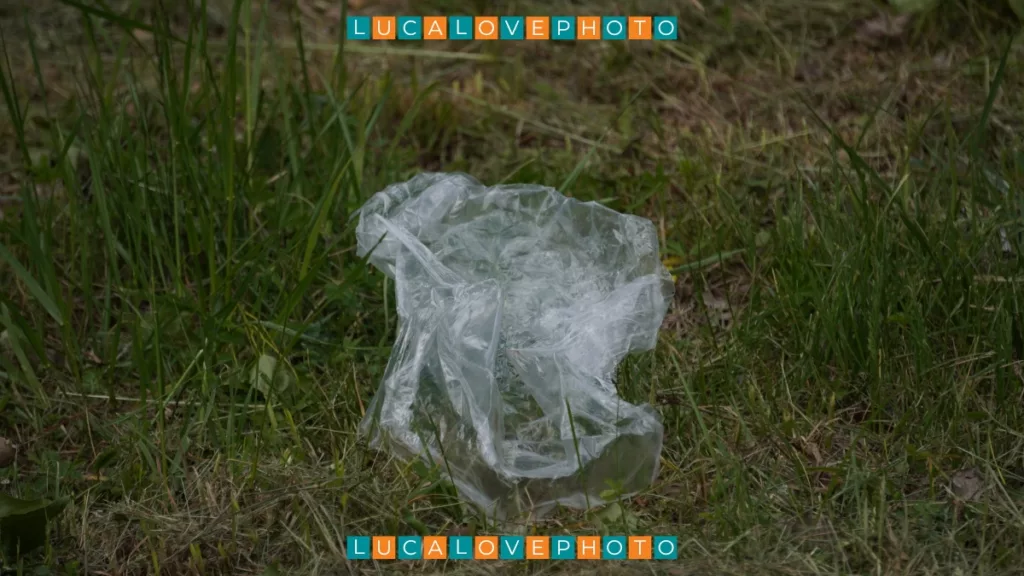Good morning everyone, and welcome back to my personal site. Thanks to those who have the patience to follow my posts. A warm welcome to those who are here for the first time.
As everyone knows, plastic represents a threat to humanity. In natural environments, it is truly a profound disappointment to find waste of all kinds scattered everywhere. Confronting Nature’s Plastic Menace is a necessary and indispensable action.
The majestic peaks of mountains, the serene shores of the sea, the tranquil parks, and the lush natural reserves—all these pristine landscapes hold an inherent beauty that captivates our souls. However, beneath their surface lies a silent intruder, an insidious threat that mars their purity: plastic pollution. As humans venture into these natural havens, whether for leisurely hikes, beach outings, picnics in parks, or explorations in wildlife sanctuaries, the footprint of plastic left behind poses a grave danger to the delicate ecosystems. This post delves into the issue of plastic waste in nature. Particularly during outdoor excursions, and explores the urgent need for proactive measures to preserve these invaluable environments.
Plastic Pollution: A Growing Menace
Plastic, once hailed as a revolutionary material for its versatility and convenience, has now emerged as one of the most pressing environmental challenges of our time. Its durability, coupled with its rampant use and improper disposal, has led to widespread contamination of ecosystems worldwide. From disposable water bottles to single-use cutlery, plastic items find their way into natural habitats. Where they persist for centuries, wreaking havoc on flora and fauna alike.
The Impact on Mountain Landscapes
For many, the allure of mountains lies in their unspoiled beauty and rugged terrain. However, even the most remote peaks are not immune to the scourge of plastic pollution. As trekkers and mountaineers traverse these lofty heights, their presence inadvertently leaves behind a trail of plastic waste. Discarded water bottles, food wrappers, and other debris not only mar the landscape but also pose a threat to wildlife. Animals may ingest or become entangled in plastic, leading to injury or death, thus disrupting the delicate balance of mountain ecosystems.

The Plight of Coastal Areas
The idyllic charm of sandy beaches and crystalline waters draws millions of visitors each year, seeking solace in the embrace of nature. Yet, beneath the surface lies a sinister reality: plastic pollution pervades even the remotest shores. Beachgoers, unaware or indifferent to the consequences of their actions, often leave behind a plethora of plastic items, from beverage containers to discarded toys. With each tide, this plastic debris is swept into the ocean, where it poses a grave threat to marine life. Sea turtles mistake plastic bags for jellyfish, while seabirds unknowingly feed plastic particles to their young. Leading to a tragic cycle of death and destruction.
The Challenge in Public Parks
Public parks serve as urban oases, offering respite from the hustle and bustle of city life. However, as visitors flock to these green spaces for relaxation and recreation. They bring with them the specter of plastic pollution. Picnickers leave behind a trail of plastic plates, utensils, and packaging. While hikers discard energy bar wrappers and snack packets along the trails. Despite the presence of trash receptacles, many choose convenience over conservation, casting aside their plastic waste without a second thought. As a result, these once-pristine parks become littered with debris, detracting from their natural beauty and endangering the wildlife that call them home.
Preserving Biodiversity in Natural Reserves
Wildlife sanctuaries and nature reserves play a vital role in conserving biodiversity and protecting endangered species. However, the encroachment of plastic pollution threatens to undermine these conservation efforts. Visitors to these sanctuaries often overlook the importance of responsible waste disposal, leaving behind plastic bottles, bags, and packaging. This influx of debris not only detracts from the natural splendor of these reserves. Also poses a direct threat to the inhabitants. Animals may ingest plastic debris, mistaking it for food, or become entangled in discarded fishing nets and other debris, leading to injury or death.
As you will have understood from consulting this website of mine, I often dedicate myself to taking photographs in all the environments I have described above. Taking photographs in environments that appear degraded, and often are even if not evidently so, is truly a great disappointment. Nature has great resilience, but taking nature photographs in a degraded environment is a blow to the heart, as well as to the sight. Confronting Nature’s Plastic Menace, it’s a must !

